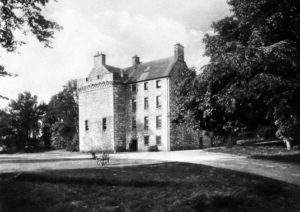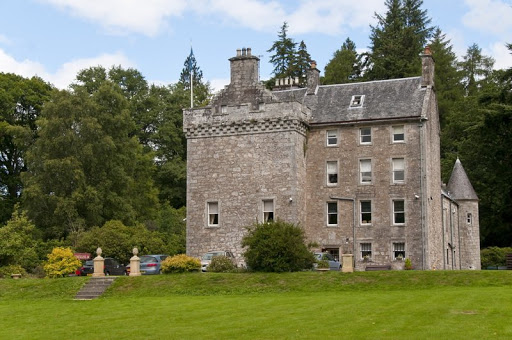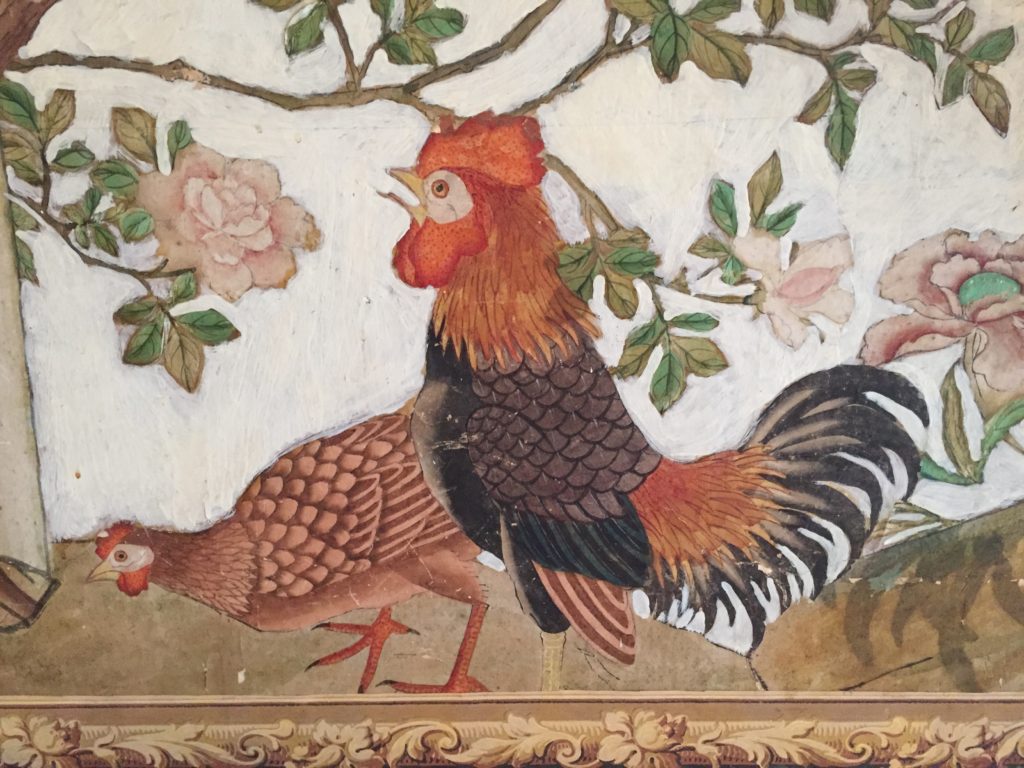Fintry Past
Culcreuch Castle
The largest and best surviving of six Fintry local castles or forts
Ancient Home
 Culcreuch Castle dates back to 1296, when it was built by Maurice Galbraith. The next year, Wallace would fight the Battle of Stirling Bridge. Parts of its present building date from the 13th century. Around 1320 Maurice Galbraith began the Galbraith family connection at Culcreuch and so it has been known as the Clan Galbraith Family Seat ever since, and several Clan gatherings from all over the world have met in recent years at Culcreuch.
Culcreuch Castle dates back to 1296, when it was built by Maurice Galbraith. The next year, Wallace would fight the Battle of Stirling Bridge. Parts of its present building date from the 13th century. Around 1320 Maurice Galbraith began the Galbraith family connection at Culcreuch and so it has been known as the Clan Galbraith Family Seat ever since, and several Clan gatherings from all over the world have met in recent years at Culcreuch.

Inside
The Tower was completed by James Galbraith (10th Chief) by 1460. The walls are over 5’ 6” thick in places. It contains three storeys with an attic. There is a remarkable Bottle Dungeon, so called as the bottle shape meant a prisoner could not lie down, nor climb out. The Chinese Bird Room has hand painted oriental wall paper that dates from 1723.
The first floor of the old Tower is one large space – the original Laird’s Hall.

Outlaws and Maths Genius
The early Galbraiths were a wild lot. They had a stronghold on Inch Galbraith, an island on Loch Lomond. The final two were “put to the horn” (outlawed) and accused of “hamesucken” or attacking men on home-territory. One was imprisoned in Edinburgh Castle and in 1622 gave up the Culcreuch lands to a cousin, Seton of Gargunnock. He became a judge and the first Lord of Kilcreuch in 1624. In 1632 he sold on the lands to Robert Napier, whose father was inventor of Logarithms and whose family gave the name to Napier University in Edinburgh

Spiers - Barons of Culcreuch
In 1769 Alexander Spiers bought Culcreuch and its huge estates for £15,000, for his son, Peter.
Armed Troops
Oliver Cromwell’s supporters were garrisoned at Culcreuch in 1654 in the Civil War. They were called out to raid a secret large gathering of worshippers in the Covenanter’s Hole. In 1820 Captain Peter Speirs of Culcreuch used his garrison to help put down the Radical Weavers’ uprising.
Owners
It was sold in 1890 to J. C. Dunwaters, then again in 1901 to Walter Menzies; then in the 1970s it was willed to Hercules Robinson, a nephew of Ruth Menzies. It was sold in 1984 to Hideaway Holidays, who operated the castle as a hotel. In 2007, ownership was transferred to a holding company in Los Angeles, who took the decision to close the castle and business in 2020.
